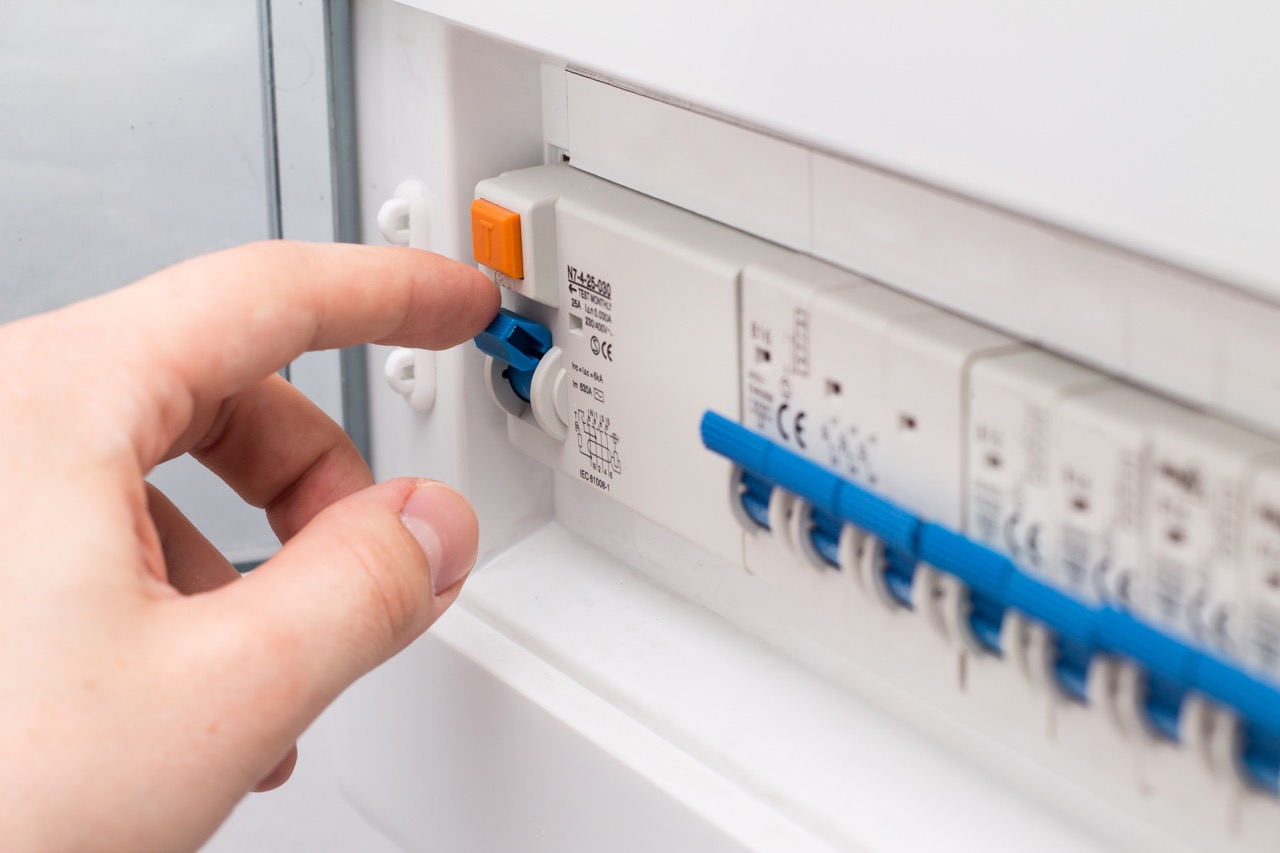

Articles
What Causes HVAC Breaker To Trip
Modified: August 27, 2024
Discover the common causes of HVAC breaker trips in our informative articles. Learn how to troubleshoot and prevent frequent circuit interruptions for optimal system performance.
(Many of the links in this article redirect to a specific reviewed product. Your purchase of these products through affiliate links helps to generate commission for Storables.com, at no extra cost. Learn more)
Introduction
When it comes to the smooth operation of your HVAC system, keeping your breaker from tripping is vital. A tripped breaker not only disrupts the comfort of your home or office but can also indicate an underlying issue with your heating, ventilation, and air conditioning system.
In this article, we will explore the common causes of HVAC breaker tripping and provide insights into troubleshooting this issue. By understanding the reasons behind breaker trips, you can take appropriate measures to prevent them and ensure the uninterrupted functioning of your HVAC system.
Before we delve into the causes of HVAC breaker tripping, it’s essential to understand the purpose of the breaker itself. The breaker acts as a safety device that automatically shuts off the power supply to your HVAC system when it detects an electrical fault. This prevents potential damage to the system and minimizes the risk of electrical hazards.
Now, without further ado, let’s explore the various reasons why your HVAC breaker might be tripping and what you can do to resolve the issue.
Key Takeaways:
- Regular maintenance, proper installation, and addressing electrical issues are crucial in preventing HVAC breaker tripping, ensuring safety, efficiency, and uninterrupted operation of the system.
- Troubleshooting HVAC breaker trips involves checking for overload, inspecting for short circuits, verifying refrigerant levels, and securing electrical connections. Seek professional assistance if needed to ensure safety and efficiency.
Read more: Why Breakers Trip
Understanding HVAC Breaker Tripping
HVAC breaker tripping refers to the situation when the electrical circuit that powers your HVAC system shuts off unexpectedly. It is a safety mechanism designed to protect the system from electrical damage and prevent potential hazards like fires or electrical shock.
When the breaker trips, it interrupts the power supply to the HVAC system, causing it to stop working. This can be frustrating, especially during extreme weather conditions when you heavily rely on your heating or cooling system.
Understanding why your HVAC breaker is tripping is crucial to address the underlying issues and prevent future occurrences. There are several common causes for breaker tripping, including:
- Overload
- Short Circuit
- Ground Fault
- Faulty Compressor
- Dirty Air Filters
- Blocked Condenser
- Low Refrigerant Levels
- Electrical Issues
- Improper Installation or Wiring
- Aging Equipment
Each of these causes warrants a closer look to understand their impact on breaker tripping and how to address them effectively. By recognizing the specific cause behind the breaker trips, you can take appropriate measures to fix the problem and ensure the uninterrupted operation of your HVAC system.
Next, we will explore each of these common causes in detail, providing you with insights into how they contribute to breaker tripping and how to troubleshoot them effectively.
Common Causes of HVAC Breaker Tripping
When your HVAC breaker trips, it can be attributed to various factors. Let’s take a closer look at the most common causes of HVAC breaker tripping:
- Overload: One of the primary reasons for an HVAC breaker to trip is an overload. This occurs when the electrical load on the system exceeds the capacity of the breaker. It can happen if multiple high-power appliances are operating simultaneously or if the HVAC system itself is consuming too much electricity.
- Short Circuit: A short circuit is another common cause of breaker tripping. It happens when a live wire comes into contact with a neutral wire or a ground wire. This creates a low-resistance path for the electrical current, resulting in a sudden surge of electricity, which triggers the breaker to trip.
- Ground Fault: A ground fault occurs when a live wire comes into contact with a ground surface, such as a metallic component or the Earth itself. This can happen due to corroded or damaged wiring. The presence of a ground fault can lead to breaker tripping as it indicates a potential electrical hazard.
- Faulty Compressor: The compressor is an essential component of an HVAC system. If the compressor becomes faulty or starts drawing excessive electrical current, it can overload the circuit, causing the breaker to trip. This could be due to issues like a refrigerant leak, motor malfunction, or compressor failure.
- Dirty Air Filters: When the air filters in your HVAC system become clogged with dirt, dust, and debris, it restricts the airflow. This puts additional strain on the system, forcing it to work harder to maintain the desired temperature. The increased energy consumption can overload the breaker and cause it to trip.
- Blocked Condenser: The condenser unit of your HVAC system needs proper airflow to dissipate heat efficiently. If the condenser coils or the surrounding area are blocked by debris, vegetation, or other obstructions, it prevents the system from adequately releasing heat. As a result, the system operates under stress, leading to breaker tripping.
- Low Refrigerant Levels: Refrigerant plays a crucial role in the cooling process of an HVAC system. If there are low refrigerant levels due to leaks or improper installation, the system has to work harder to achieve the desired cooling effect. This can overload the circuit and trip the breaker.
- Electrical Issues: Various electrical issues like loose connections, damaged wiring, or faulty components can cause breaker tripping. These issues disrupt the proper flow of electricity and can trigger the breaker to shut off the power supply to prevent further damage.
- Improper Installation or Wiring: If the HVAC system is not installed correctly or if there are mistakes in the wiring, it can lead to electrical problems and breaker tripping. It is crucial to ensure that the system is installed by a qualified professional and that the wiring meets the necessary safety standards.
- Aging Equipment: Over time, HVAC equipment can deteriorate, leading to electrical issues and an increased risk of breaker tripping. Components may wear out, connections may become loose, and internal faults can develop, all of which can cause the breaker to trip intermittently.
These are the primary causes of HVAC breaker tripping. By understanding these causes, you can troubleshoot the issue effectively and take appropriate measures to resolve or prevent them. In the next section, we will explore the troubleshooting process for HVAC breaker tripping.
Overload
One of the most common causes of HVAC breaker tripping is an overload. An overload occurs when the electrical load on the system exceeds the capacity of the breaker. This can happen due to several reasons:
- Simultaneous High-Power Appliance Usage: If you have multiple high-power appliances running simultaneously, such as a refrigerator, air conditioner, and washing machine, it can place a heavy demand on the electrical circuit. When the combined load exceeds the capacity of the breaker, it will trip to prevent damage to the system and avoid the risk of an electrical fire.
- Oversized HVAC System: Sometimes, an HVAC system that is sized too large for the space it is intended to cool or heat can result in overload and subsequent breaker tripping. An oversized system tends to cycle on and off frequently, consuming more electricity and putting additional strain on the breaker.
- Aging Equipment: As HVAC equipment ages, its efficiency may deteriorate, resulting in increased power consumption. This can overload the circuit and cause the breaker to trip. Components within the system, such as motors or compressors, may also start drawing more power as they wear out, contributing to the overload.
- Improper Electrical Wiring: In some cases, inadequate or faulty electrical wiring can lead to an overload. This can occur if the wiring is not sized correctly to accommodate the electrical load of the HVAC system. Additionally, loose connections or damaged wiring can cause increased resistance and heat buildup, which can overload the circuit and trip the breaker.
To address an overload and prevent breaker tripping, you can take the following measures:
- Limit Simultaneous Appliance Usage: Be mindful of the appliances running concurrently and try to stagger their usage. For example, avoid running the dishwasher and the air conditioner together. This helps distribute the electrical load more evenly and reduces the risk of overloading the circuit.
- Consider HVAC System Size: If you suspect that your HVAC system is oversized for your space, consult with a professional to assess its efficiency and determine if resizing or replacing the unit is necessary.
- Regular Maintenance: Proper maintenance of your HVAC system is crucial to ensure its optimal performance and efficiency. This includes regular cleaning, changing air filters, and inspecting the electrical components. Keep the system free of debris, and ensure that all electrical connections are secure and intact.
- Consult an Electrician: If you suspect that improper electrical wiring may be contributing to the overload, it is advisable to consult with a licensed electrician. They can assess your electrical system, identify any issues, and make the necessary repairs or upgrades to prevent overloading.
By addressing an overload and taking appropriate preventative measures, you can reduce the frequency of breaker tripping and ensure the safe and efficient operation of your HVAC system.
Short Circuit
A short circuit is another common cause of HVAC breaker tripping. It occurs when a live wire comes into direct contact with a neutral wire or a ground wire. This creates a low-resistance path for the electrical current, resulting in a sudden surge of electricity and triggering the breaker to trip.
Short circuits can happen due to various reasons:
- Exposed Wiring: If the insulation covering the electrical wiring in your HVAC system becomes damaged or worn out, it can expose the wires. When these exposed wires come into contact with each other or with metal components, a short circuit can occur.
- Faulty Components: Malfunctioning or faulty electrical components within the HVAC system can also cause a short circuit. This can include issues like damaged relays, defective capacitors, or faulty switches. When these components fail, they can create a direct path for the electrical current and lead to a short circuit.
- Poor Wiring Connections: Improper or loose electrical connections can create a situation where wires can touch and cause a short circuit. Over time, vibrations or movements can loosen the connections, increasing the risk of short circuits. Additionally, if the wiring installation was not done correctly, it may result in improper connections and potential short circuit hazards.
- Water Damage: Moisture or water infiltration in the vicinity of the electrical components poses a high risk of short circuits. Water conducts electricity, and when it comes into contact with live wires, it can cause a short circuit. This can occur due to factors like leaks in the HVAC system, condensation buildup, or flooding.
Addressing a short circuit and preventing it from causing frequent breaker trips requires the following steps:
- Inspect and Repair Wiring: Regularly inspect the electrical wiring in your HVAC system for any signs of wear, damage, or exposed wires. If you notice any issues, it is essential to have a licensed electrician repair or replace the damaged wiring to eliminate the risk of short circuits.
- Replace Faulty Components: If you suspect that faulty electrical components are contributing to the short circuit, it is advisable to have them inspected and replaced by a qualified HVAC technician. They can diagnose the specific components causing the issue and ensure that they are properly functioning.
- Secure Wiring Connections: Check all the electrical connections in your HVAC system and ensure they are tight and secure. If you notice any loose connections, tighten them properly to eliminate the risk of short circuits. Consider hiring an electrician to inspect and verify that all wiring connections are correctly installed and in good condition.
- Mitigate Water Damage: To prevent water-related short circuits, address any moisture or water issues promptly. Fix leaks in the HVAC system, maintain proper drainage, and ensure that the system is not exposed to excess moisture. If water damage has occurred, it is crucial to have a professional assess and repair any electrical components affected by the water.
By addressing short circuits and taking preventive measures, you can minimize the risk of breaker tripping and ensure the safety and functionality of your HVAC system.
Read more: What Causes A Surge Protector To Trip
Ground Fault
A ground fault is another common cause of HVAC breaker tripping. It occurs when a live wire comes into contact with a ground surface, such as a metallic component or the Earth itself. This can happen due to several reasons:
- Corroded or Damaged Wiring: Over time, the wiring in your HVAC system can become corroded or damaged, leading to ground faults. Exposure to moisture, pests, or physical wear and tear can contribute to the deterioration of the wiring insulation, increasing the risk of a ground fault.
- Improper Grounding: In some cases, the HVAC system may not be properly grounded, or there may be issues with the grounding connections. This can result in a ground fault if a live wire comes into contact with a metallic component or a grounding source.
- Faulty Equipment: Defective or malfunctioning components within the HVAC system, such as motors, switches, or capacitors, can contribute to ground faults. If these components are not properly insulated or if there is a breakdown in their internal wiring, it can lead to unwanted contact with ground surfaces.
- Damaged Insulation: If the insulation surrounding the electrical wiring in your HVAC system becomes damaged or compromised, it can increase the risk of ground faults. This can occur due to factors like rodents chewing through the insulation, exposure to extreme temperatures, or physical damage during installation or maintenance.
Addressing ground faults and preventing them from causing breaker trips requires the following steps:
- Inspect and Repair Wiring: Regularly inspect the wiring in your HVAC system for any signs of damage, corrosion, or worn-out insulation. If you notice any issues, have a licensed electrician repair or replace the damaged wiring to eliminate the risk of ground faults.
- Ensure Proper Grounding: Verify that your HVAC system is properly grounded and that all grounding connections are secure and intact. Consult with a licensed electrician to confirm that the system meets the necessary grounding requirements and to address any grounding issues.
- Replace Faulty Components: If you suspect that faulty equipment is contributing to the ground fault, have the malfunctioning components inspected and replaced by a qualified HVAC technician. They can diagnose the specific components causing the issue and ensure that they are properly insulated and wired.
- Protect Wiring Insulation: Take measures to protect the insulation of the electrical wiring in your HVAC system. Seal any openings or gaps that can potentially expose the wiring to moisture, pests, or physical damage. Routinely check for signs of damage and address them promptly to maintain the integrity of the wiring insulation.
By addressing ground faults and taking preventive measures, you can minimize the risk of breaker tripping and maintain the safety and efficiency of your HVAC system.
Faulty Compressor
A faulty compressor is another potential cause of HVAC breaker tripping. The compressor plays a critical role in your HVAC system, as it is responsible for pressurizing and circulating the refrigerant to facilitate the heating or cooling process. When the compressor malfunctions or starts drawing excessive electrical current, it can overload the circuit and cause the breaker to trip.
There are several reasons why a compressor may become faulty:
- Refrigerant Leak: A refrigerant leak can lead to a decrease in the amount of refrigerant present in the system. As a result, the compressor works harder to maintain the desired temperature, leading to increased power consumption and potential overload.
- Motor Malfunction: The compressor motor can develop issues over time, such as worn-out bearings, a faulty start capacitor, or a damaged winding. These problems can cause the motor to draw excessive current, which can overload the circuit and trip the breaker.
- Compressor Failure: In some cases, the compressor may fail entirely, resulting in a complete breakdown of the HVAC system. This can be due to issues like electrical component failure, mechanical damage, or severe wear and tear. A failed compressor can cause an immediate overload and trip the breaker.
Addressing a faulty compressor and preventing it from causing frequent breaker trips requires the following steps:
- Refrigerant Leak Detection and Repair: If you suspect a refrigerant leak, have an HVAC technician perform a thorough inspection to identify and repair any leaks. By ensuring proper refrigerant levels, you can reduce the strain on the compressor and minimize the risk of overload.
- Motor Maintenance or Replacement: Regular maintenance of the compressor motor is crucial for its optimal performance. This includes cleaning, lubricating, and inspecting the motor components. If issues arise, such as worn-out bearings or a faulty start capacitor, they should be addressed promptly by a qualified HVAC professional. In some cases, if the motor is beyond repair, replacing it may be necessary.
- Compressor Replacement: If the compressor has completely failed, it will likely require replacement. This is a complex task that should be performed by a licensed HVAC technician. They will ensure proper installation, electrical connections, and refrigerant charging to avoid further issues and prevent breaker tripping.
Maintaining the health of your compressor through regular maintenance and addressing any issues promptly can help prevent breaker trips and ensure the longevity and efficiency of your HVAC system.
Dirty Air Filters
Dirty air filters can also contribute to HVAC breaker tripping. The air filters in your HVAC system play a crucial role in maintaining proper indoor air quality by trapping dust, dirt, pollen, and other particles. However, when these filters become clogged and dirty over time, it restricts the airflow and puts additional strain on the system, leading to increased power consumption and potential overload.
Here are some reasons why dirty air filters can cause breaker tripping:
- Reduced Airflow: When the air filters are clogged with dirt and debris, it impedes the airflow in the HVAC system. This makes it harder for the system to draw in and circulate the air, forcing it to work harder to achieve the desired temperature. The increased energy consumption can overload the circuit and trip the breaker.
- Iced Evaporator Coil: A dirty air filter can lead to the formation of ice on the evaporator coil. As the airflow becomes restricted, the temperature of the coil drops, causing condensation to freeze. This reduces the efficiency of the cooling process and can result in system overload and breaker tripping.
- Excessive Strain on Fan Motor: When the air filters are dirty, the fan motor in the HVAC system has to work harder to push the air through the clogged filters. The increased strain on the motor can cause it to draw more electrical current, potentially overloading the circuit and triggering the breaker to trip.
To address dirty air filters and prevent them from causing frequent breaker trips, follow these steps:
- Regular Filter Maintenance: It is important to regularly inspect and maintain the air filters in your HVAC system. Check the filters at least once a month and clean or replace them as necessary. This will ensure proper airflow, minimize strain on the system, and reduce the risk of breaker tripping.
- Proper Filter Sizing: Ensure that you are using the correct size and type of air filters for your HVAC system. Using filters that are too small or incompatible with your system can reduce their effectiveness and contribute to airflow restrictions. Consult your HVAC manufacturer’s recommendations or seek professional advice to determine the appropriate filters for your system.
- Regular HVAC Maintenance: In addition to filter maintenance, schedule regular maintenance for your HVAC system with a qualified technician. They can inspect and clean the evaporator coil, check the fan motor, and address any other issues that may be compromising the efficiency and performance of your system.
By maintaining clean air filters and ensuring proper airflow, you can optimize the performance of your HVAC system, reduce the risk of breaker tripping, and improve the overall air quality in your space.
Regular maintenance of your HVAC system can help prevent breaker trips. Clean or replace air filters, check for loose electrical connections, and ensure proper airflow to prevent overheating.
Blocked Condenser
A blocked condenser is another potential cause of HVAC breaker tripping. The condenser unit of your HVAC system is responsible for releasing heat from the refrigerant, allowing the system to cool effectively. However, if the condenser becomes blocked or obstructed, it can hinder the heat dissipation process, leading to increased strain on the system and potential breaker tripping.
Here are some reasons why a blocked condenser can cause breaker trips:
- Debris Accumulation: Over time, debris such as leaves, dirt, grass, and other external particles can accumulate around the condenser unit. This blocks the airflow and hampers the heat dissipation process, forcing the system to work harder to maintain the desired temperature. The increased energy consumption can overload the circuit and trip the breaker.
- Fencing or Construction: If there are any structures, fences, or buildings erected near the condenser unit, it can obstruct the flow of hot air away from the system. This results in reduced efficiency and increased strain on the system, potentially leading to breaker tripping.
- Damaged or Bent Fins: The condenser unit has delicate aluminum fins that facilitate heat transfer. If these fins become damaged or bent, it restricts the airflow and reduces the system’s ability to release heat efficiently. This can cause the system to overheat and draw excessive electrical current, leading to breaker tripping.
To address a blocked condenser and prevent it from causing frequent breaker trips, perform the following steps:
- Regular Clean-up: Regularly inspect and clean the area around the condenser unit to remove any debris or obstructions. This includes clearing away leaves, grass, dirt, or any other foreign objects that may hinder airflow. Use a hose or a brush to gently clean the surface of the condenser coils from dirt and build-up.
- Clearance around the Unit: Ensure that there is adequate clearance around the condenser unit to allow for sufficient airflow. Trim any vegetation, remove fencing or structures, and maintain at least two feet of clearance on all sides of the unit. This will help maximize airflow and prevent overheating.
- Fins Straightening: If you notice any damaged or bent fins on the condenser unit, use a fin comb or a gentle hand to straighten them out carefully. This will help restore proper airflow and improve the efficiency of the system.
- Professional Maintenance: Consider scheduling regular maintenance with a professional HVAC technician. They can perform a thorough inspection of the condenser unit, clean the coils, and address any other issues that may be compromising its performance.
By keeping the condenser unit clean and free from obstructions, you can optimize the efficiency of your HVAC system, reduce the risk of breaker tripping, and extend the lifespan of the equipment.
Read more: How To Fix Refrigerator Tripping Breaker
Low Refrigerant Levels
Low refrigerant levels can contribute to HVAC breaker tripping. Refrigerant is a crucial component in the HVAC system, responsible for absorbing heat from the indoor air and releasing it outside. When the refrigerant levels are low, it affects the cooling process, putting additional strain on the system and potentially causing the breaker to trip.
Here are some reasons why low refrigerant levels can cause breaker trips:
- Refrigerant Leak: A refrigerant leak is one of the most common causes of low refrigerant levels. Leaks can occur in the refrigerant lines, coils, or connections due to factors like corrosion, vibration, or poor installation. As the refrigerant leaks out, the system loses its cooling capacity, leading to increased power consumption and potential breaker tripping.
- Inadequate Initial Refrigerant Charge: In some cases, the HVAC system may have been initially charged with an insufficient amount of refrigerant during installation or maintenance. This can affect the system’s performance and lead to low refrigerant levels, putting additional strain on the system and tripping the breaker.
- Improper Refrigerant Handling: Mishandling of the refrigerant during installation, repair, or maintenance can result in a loss of refrigerant and low levels within the system. This can occur if the refrigerant is released into the atmosphere or if there are errors in charging or reclaiming the refrigerant.
Addressing low refrigerant levels and preventing them from causing frequent breaker trips requires the following steps:
- Refrigerant Leak Detection and Repair: If you suspect a refrigerant leak, it is crucial to have an HVAC technician perform a thorough inspection to identify and repair any leaks. They can locate and seal the leaks, ensuring that the system holds the proper refrigerant charge and preventing further breaker trips.
- Proper Refrigerant Charging: If the system was not initially charged with the correct amount of refrigerant, it may be necessary to recharge it to the manufacturer’s specifications. Consult with a qualified HVAC technician to assess the refrigerant levels and determine if recharging is necessary.
- Professional Maintenance: Regular HVAC maintenance is essential to ensure optimal performance and efficiency. Schedule routine maintenance with a professional technician who can inspect the refrigerant levels, check for leaks, and address any issues that may contribute to low refrigerant levels.
- Proper Refrigerant Handling: When handling refrigerant, always follow industry guidelines and regulations. Only licensed professionals should handle refrigerant, ensuring proper charging, reclaiming, and recycling procedures are followed. This helps prevent refrigerant loss and subsequent low refrigerant levels.
By addressing low refrigerant levels and ensuring proper refrigerant management, you can improve the performance of your HVAC system, reduce the risk of breaker tripping, and enhance energy efficiency.
Electrical Issues
Electrical issues can contribute to HVAC breaker tripping. These issues involve problems within the electrical system of your HVAC system that disrupt the proper flow of electricity and can cause the breaker to trip as a safety measure. Here are some common electrical issues that may lead to breaker tripping:
- Loose Connections: In your HVAC system, there are numerous electrical connections such as wires, terminals, and connections between components. Over time, these connections can become loose due to vibrations or mechanical stress, which can interrupt the flow of electricity and cause the breaker to trip.
- Short Circuits: A short circuit, as discussed earlier, occurs when a live wire comes into contact with a neutral wire or a ground wire. Short circuits disrupt the normal flow of electricity and can cause the breaker to trip to prevent electrical hazards.
- Ground Faults: Ground faults, also mentioned previously, occur when a live wire comes into contact with a ground surface or ground wire. These faults can cause the breaker to trip as a safety measure.
- Defective Switches or Relays: Switches and relays within the HVAC system control the flow of electricity to various components. If these switches or relays are faulty or malfunctioning, they can cause electrical issues and lead to breaker tripping.
- Damaged Wiring: Electrical wiring within the HVAC system can become damaged over time due to factors such as rodents, physical wear and tear, or environmental conditions. Damaged wiring can disrupt the proper flow of electricity and contribute to breaker tripping.
- Improper Voltage: If the HVAC system is not receiving the appropriate voltage supply, it can lead to electrical issues. Voltage fluctuations or inconsistent power can cause the breaker to trip to protect the system from potential damage.
Addressing electrical issues and preventing them from causing frequent breaker tripping involves the following steps:
- Professional Inspection: If you suspect electrical issues within your HVAC system, it is essential to have a qualified HVAC technician conduct a thorough inspection. They can identify loose connections, wiring problems, or faulty components to address the electrical issues contributing to breaker tripping.
- Tightening Connections: Loose electrical connections should be tightened to ensure a secure and reliable flow of electricity. A qualified technician can inspect and properly tighten all electrical connections within the HVAC system to reduce the risk of breaker tripping.
- Repair or Replacement of Faulty Components: If switches, relays, or other electrical components are found to be defective or malfunctioning, they should be repaired or replaced by a professional technician. This ensures proper functionality and reduces the potential for breaker tripping.
- Repairing Damaged Wiring: Any damaged wiring within the HVAC system needs to be repaired to restore the normal flow of electricity. A licensed electrician can assess and repair or replace any damaged wiring to eliminate the risk of electrical issues and breaker tripping.
- Voltage Stabilization: If voltage fluctuations or inconsistent power supply are detected as the cause of electrical issues, consult with an electrician to stabilize the voltage and ensure a consistent and reliable electricity flow to the HVAC system.
By addressing electrical issues within your HVAC system, you can prevent frequent breaker tripping, maintain electrical safety, and ensure the reliable operation of your system.
Improper Installation or Wiring
Improper installation or wiring can be a significant cause of HVAC breaker tripping. When the HVAC system is not installed correctly or if there are errors or issues with the electrical wiring, it can lead to electrical problems and breaker trips. Here are some common scenarios where improper installation or wiring can cause breaker tripping:
- Incorrect Wiring Connections: If the electrical wiring connections within the HVAC system are not done properly, it can result in an interruption in the flow of electricity. Loose or incorrect connections can cause breaker tripping or electrical issues.
- Undersized or Oversized Wiring: The electrical wiring used in the HVAC system needs to be properly sized to handle the electrical load. If the wiring is undersized, it may not be able to carry the required current, leading to overheating and breaker tripping. On the other hand, oversized wiring may not allow for optimal current flow, causing inefficiencies and potential electrical issues.
- Incorrect Voltage Supply: If the HVAC system is supplied with the incorrect voltage, it can lead to electrical problems. The system may not function as intended, and erratic behavior or breaker tripping may occur. It is crucial to ensure that the voltage supply matches the requirements of the HVAC system.
- Improper Grounding: Proper grounding is essential for electrical safety and the reliable operation of the HVAC system. If the system is not grounded correctly or if there are grounding issues, it can lead to electrical problems, including breaker tripping.
- Mistakes in Installation: Inexperienced or unqualified individuals attempting to install an HVAC system may make mistakes. Errors in installation can lead to electrical issues and breaker tripping, such as improper placement of components, incorrect wiring routing, or inadequate insulation.
Addressing improper installation or wiring and preventing them from causing frequent breaker tripping involves the following steps:
- Professional Inspection: If you suspect improper installation or wiring is causing breaker tripping, it is crucial to have a licensed HVAC technician inspect the system. They can analyze the installation and wiring to identify any errors or issues that need to be addressed.
- Correcting Wiring Connections: If wiring connections are incorrect or loose, a qualified technician can correct the connections to ensure a secure and reliable electrical flow. Properly tight connections can prevent breaker tripping and electrical issues.
- Upgrading or Correcting Wiring Size: If the electrical wiring is undersized or oversized, it may need to be upgraded or corrected to meet the system’s electrical load requirements. A qualified electrician can assess the wiring and make necessary adjustments to prevent electrical issues and breaker tripping.
- Validating Voltage Supply: Ensure that the HVAC system is receiving the correct voltage supply. Consult with an electrician to verify that the voltage matches the system’s requirements. If there are voltage supply issues, they can be addressed to prevent electrical problems and breaker tripping.
- Ensuring Proper Grounding: Proper grounding is crucial for electrical safety. A qualified electrician can inspect and correct any grounding issues to ensure optimal safety and prevent breaker tripping.
- Professional Installation: If improper installation is identified as the cause of breaker tripping, it may be necessary to have a professional HVAC technician reinstall the system correctly. A professional installation ensures that all components are placed correctly, wiring is properly routed, and all safety measures are followed.
By addressing improper installation or wiring, you can minimize the risk of breaker tripping, enhance the safety of your HVAC system, and optimize its performance.
Aging Equipment
Aging equipment is a common cause of HVAC breaker tripping. Over time, HVAC components can deteriorate, leading to electrical issues and an increased risk of breaker tripping. Here are some factors associated with aging equipment that can contribute to breaker tripping:
- Worn-out Components: As HVAC equipment ages, its components may deteriorate or become worn out. Motors, capacitors, switches, and other electrical components can start malfunctioning, causing electrical problems and breaker tripping.
- Loose Connections: With age, the vibration and movement within the HVAC system can cause wiring connections to become loose. Loose connections disrupt the flow of electricity and can lead to breaker tripping.
- Insulation Breakdown: Insulation around electrical wiring can degrade over time, especially if exposed to extreme temperatures or environmental factors. This can result in insulation breakdown, exposing wires and increasing the risk of short circuits or ground faults that trigger breaker tripping.
- Corrosion: Over the years, corrosion can occur on electrical terminals and connections, affecting the electrical flow. Corrosion increases resistance and can lead to overheating or electrical imbalance, leading to breaker tripping.
- Strain on Motors: As motors age, they may start drawing more electrical current to perform at their designated capacity. This increased strain on the electrical circuit can cause breaker tripping.
- Obsolete Technology: Older HVAC systems may use outdated technology that may not be efficient or compatible with modern electrical standards. This can lead to electrical issues and breaker tripping.
Addressing aging equipment and minimizing the occurrence of breaker tripping involves the following steps:
- Regular Maintenance: Implementing a routine maintenance schedule helps identify issues with aging equipment before they become problematic. Regular inspections, cleaning, and servicing by a professional HVAC technician can extend the lifespan of the equipment and reduce the risk of breaker tripping.
- Component Replacement: As components age and wear out, it may be necessary to replace them with new ones. This can include motors, capacitors, switches, or other electrical elements that are nearing the end of their service life.
- Tightening Connections: Regularly inspect and tighten electrical connections to ensure that they are secure and reliable. Loose connections can be tightened or replaced as needed to prevent breaker tripping.
- Insulation Check: Inspect the insulation around electrical wiring for any signs of deterioration or damage. Replace or repair insulation as necessary to prevent short circuits or ground faults that can cause breaker tripping.
- Upgrade to Newer Technology: Consider upgrading to a new HVAC system with improved technology and energy efficiency. Newer systems are designed to meet modern electrical standards and are less likely to experience breaker tripping due to aging components.
By addressing aging equipment, performing regular maintenance, and considering upgrades, you can minimize the risk of breaker tripping, improve the reliability of your HVAC system, and ensure optimal performance.
Read more: Why Do Arc Fault Breakers Trip
Troubleshooting HVAC Breaker Trips
Dealing with frequent HVAC breaker trips can be frustrating, but there are steps you can take to troubleshoot the issue. Here are some troubleshooting tips to help you address HVAC breaker tripping:
- Check for Overload: Assess the electrical load on the system by determining the total power consumption of all appliances and equipment connected to the circuit. If the load exceeds the capacity of the breaker, consider redistributing the load or upgrading to a higher capacity breaker.
- Inspect for Short Circuits and Ground Faults: Conduct a visual inspection of the HVAC system’s electrical components, looking for signs of exposed wires, damaged insulation, or any unusual connections. If you suspect a short circuit or ground fault, it is essential to have a licensed technician diagnose and repair the issue.
- Check Air Filters and Condenser: Dirty air filters and a blocked condenser can restrict airflow and cause the HVAC system to work harder, potentially leading to breaker tripping. Ensure that air filters are cleaned or replaced regularly and that no obstructions are present around the condenser unit.
- Verify Refrigerant Levels: Low refrigerant levels can put excessive strain on the HVAC system. Consult with a qualified technician to check and recharge refrigerant levels if necessary, ensuring that the system has the correct amount of refrigerant to operate efficiently.
- Inspect and Secure Electrical Connections: Check all electrical connections within the HVAC system, including wiring, switches, and terminals. Ensure that connections are tight, secure, and free from corrosion or damage. Seek professional assistance if any loose or faulty connections are detected.
- Assess Equipment Age and Condition: Aging equipment or components can be more prone to electrical issues. Consider having a professional technician inspect the system and replace any worn-out or faulty parts to reduce the risk of breaker tripping.
- Schedule Regular HVAC Maintenance: Regular maintenance is crucial in preventing and addressing breaker tripping. Have a professional perform routine inspections, cleaning, and servicing of the HVAC system to identify and resolve potential issues before they lead to breaker tripping.
- Consult with a Licensed HVAC Technician: If troubleshooting the issue on your own does not yield satisfactory results, it is recommended to seek the expertise of a licensed HVAC technician. They have the knowledge and experience to diagnose and address complex electrical problems and ensure the safe and efficient operation of your HVAC system.
Remember, electrical issues can be potentially hazardous, so it’s important to prioritize safety and seek professional assistance whenever necessary.
By following these troubleshooting steps and taking appropriate measures, you can identify and resolve the causes of HVAC breaker tripping, ensuring the uninterrupted and efficient operation of your HVAC system.
Conclusion
HVAC breaker tripping can be a frustrating issue, but by understanding the common causes and troubleshooting methods, you can effectively address the problem and ensure the smooth operation of your HVAC system.
In this article, we explored the various causes of HVAC breaker tripping, including overload, short circuits, ground faults, faulty compressors, dirty air filters, blocked condensers, low refrigerant levels, electrical issues, improper installation or wiring, and aging equipment.
To troubleshoot and prevent breaker tripping, it is important to regularly inspect and maintain your HVAC system. This includes cleaning or replacing air filters, clearing obstructions around the condenser unit, checking refrigerant levels, securing electrical connections, and addressing any electrical issues or aging equipment components.
If you encounter persistent breaker tripping or are unsure about troubleshooting the issue on your own, it is recommended to consult with a licensed HVAC technician. They have the expertise to diagnose and resolve complex electrical problems, ensuring the safety and efficiency of your HVAC system.
Remember, electrical issues can pose safety risks, so it is crucial to prioritize the safety of yourself and your home or workplace. Always follow proper safety precautions and seek professional assistance when needed.
By addressing the causes of HVAC breaker tripping and implementing appropriate troubleshooting measures, you can maintain the reliable and uninterrupted operation of your HVAC system, ensuring optimal comfort and energy efficiency in your space.
Frequently Asked Questions about What Causes HVAC Breaker To Trip
Was this page helpful?
At Storables.com, we guarantee accurate and reliable information. Our content, validated by Expert Board Contributors, is crafted following stringent Editorial Policies. We're committed to providing you with well-researched, expert-backed insights for all your informational needs.
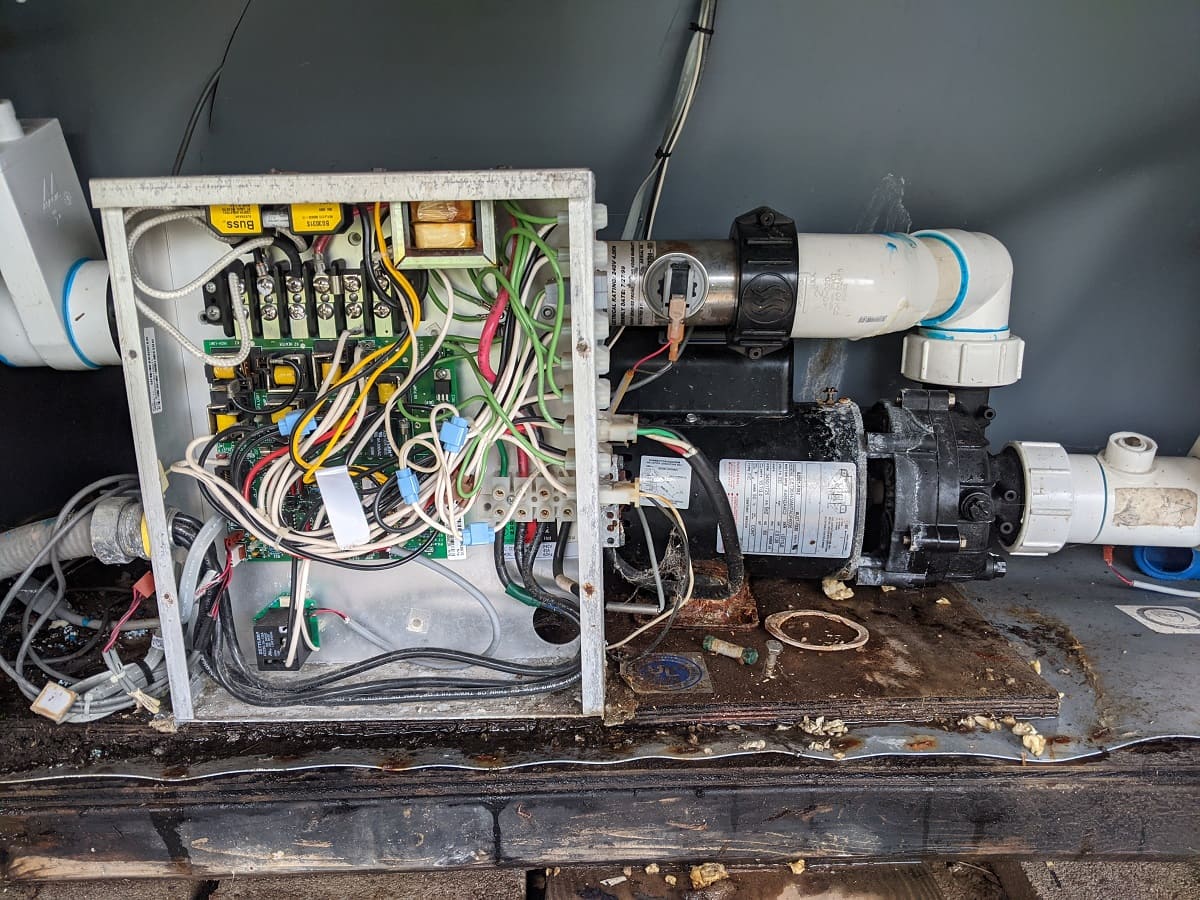
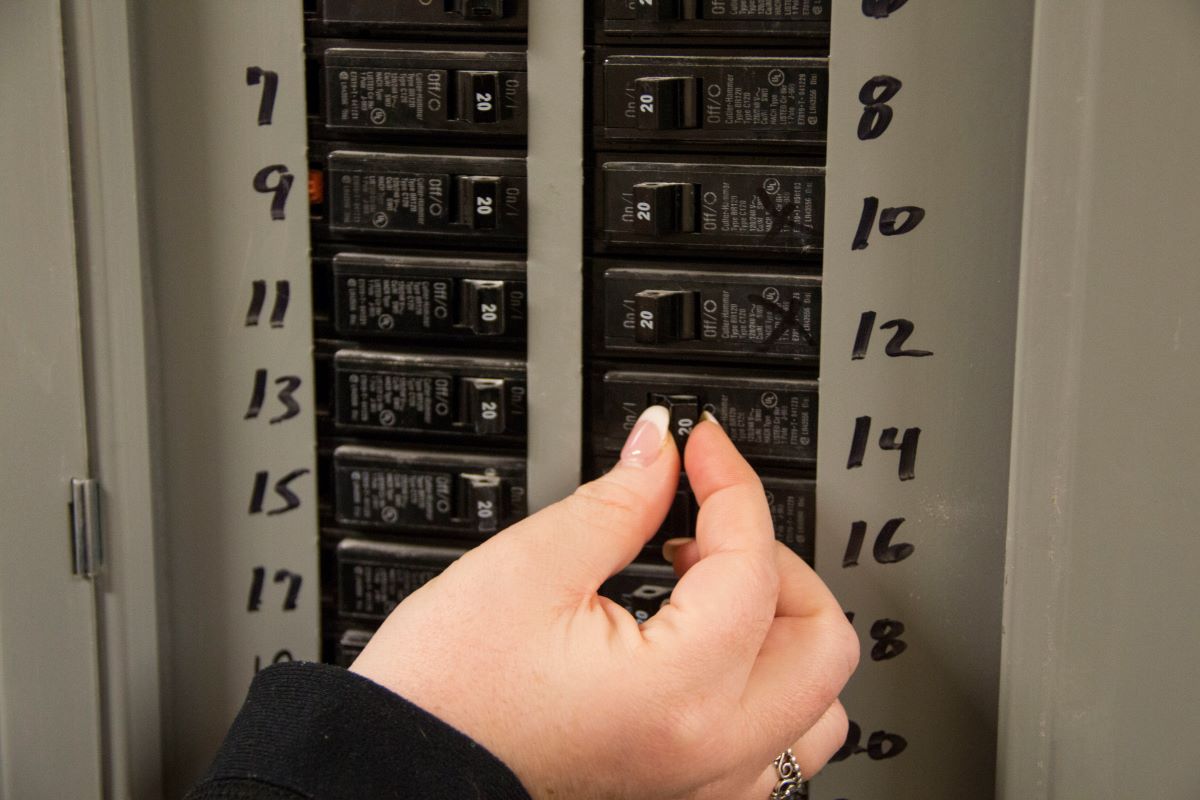
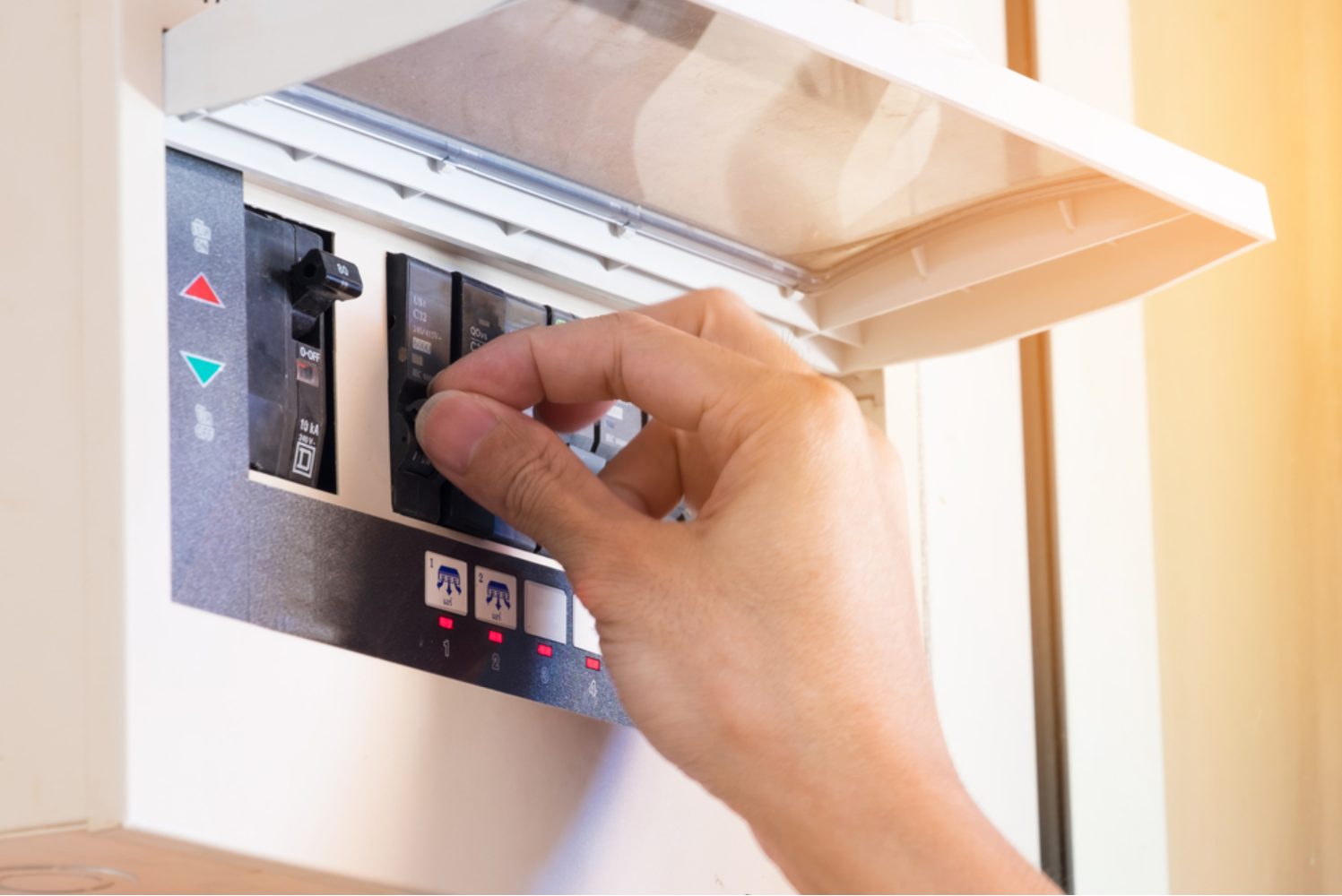
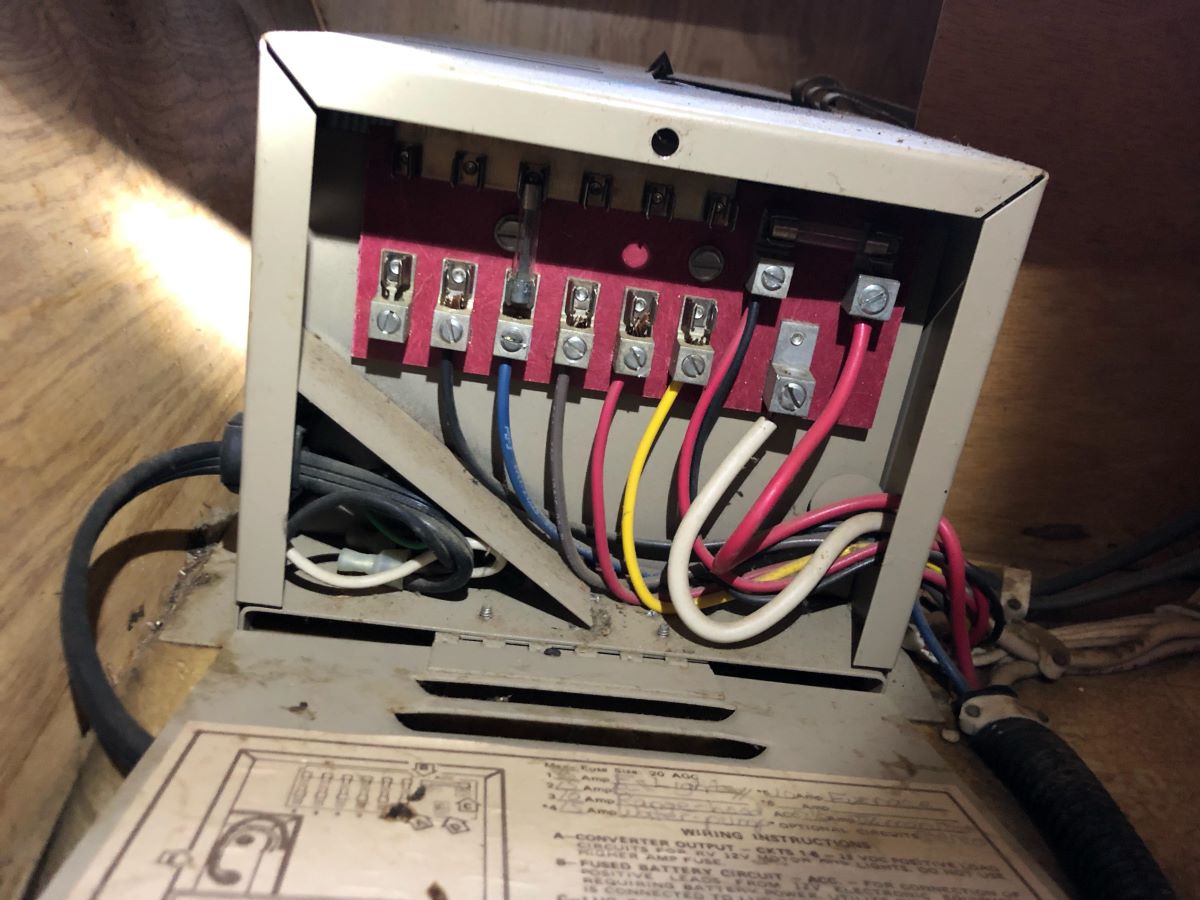
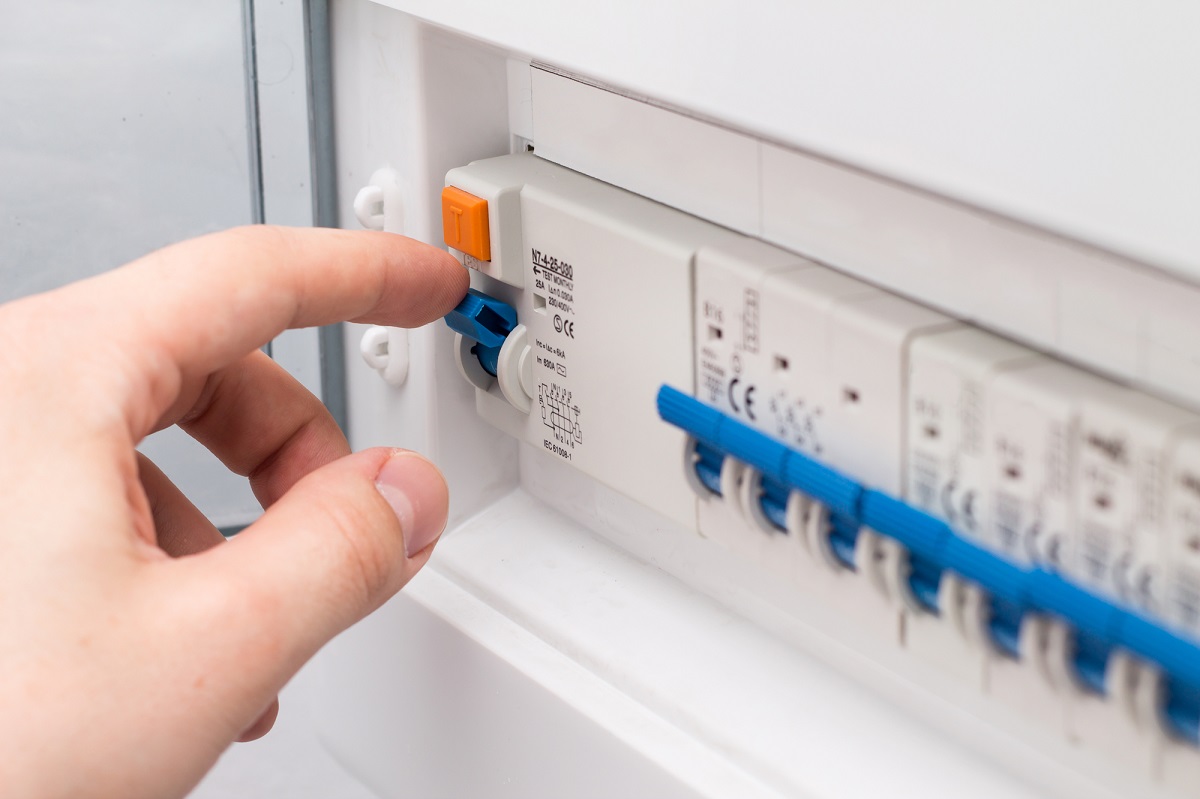
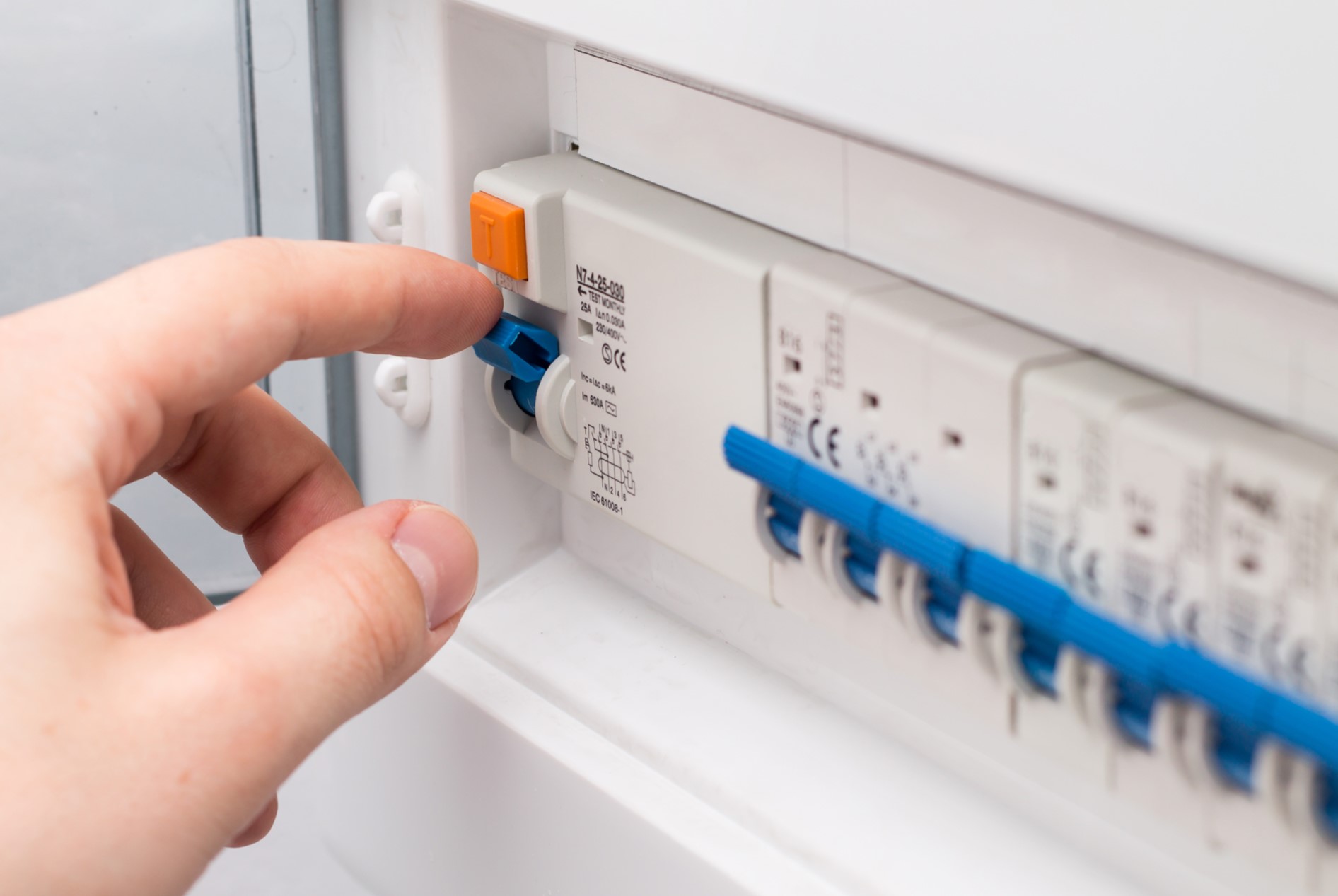
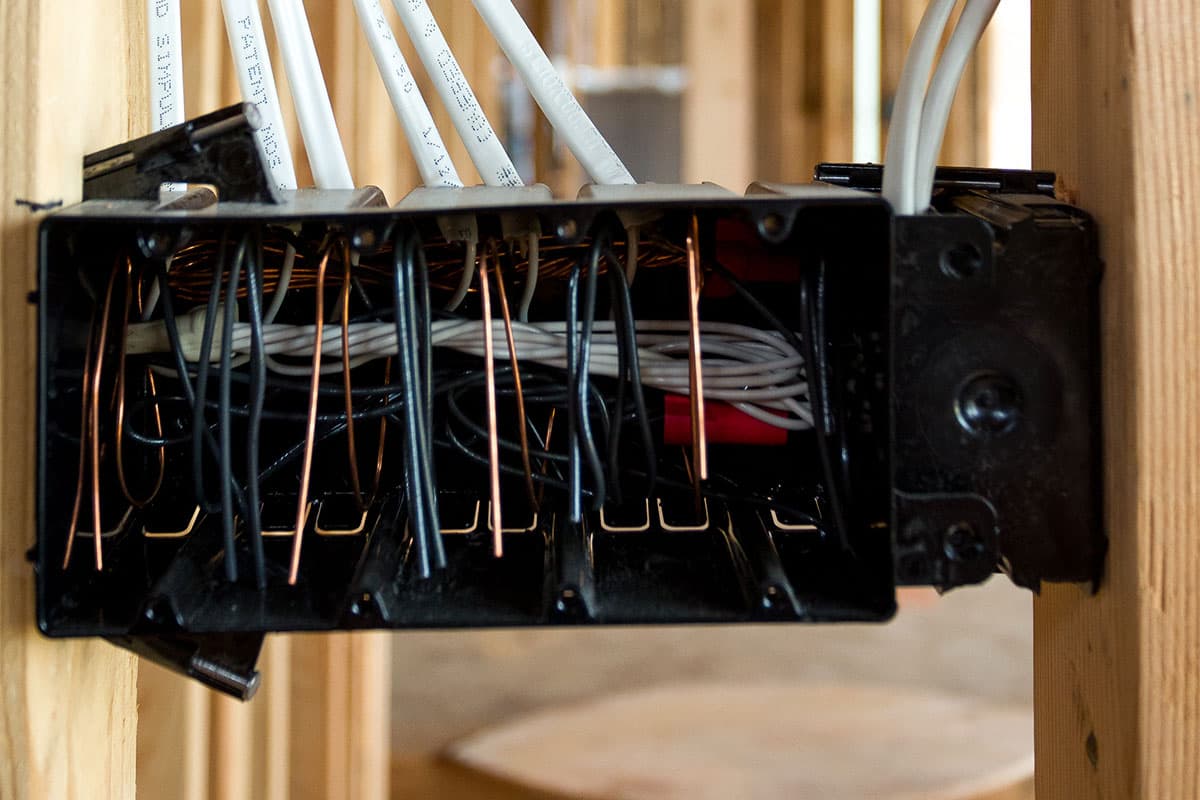
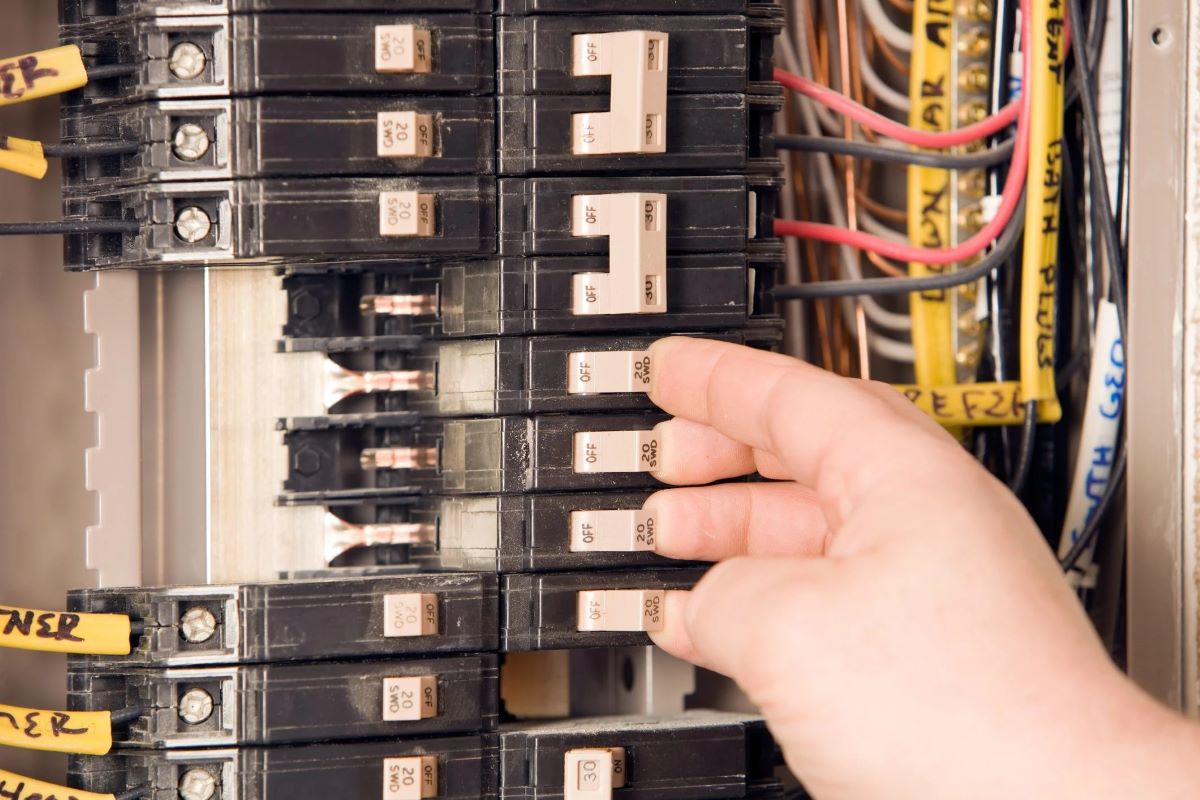
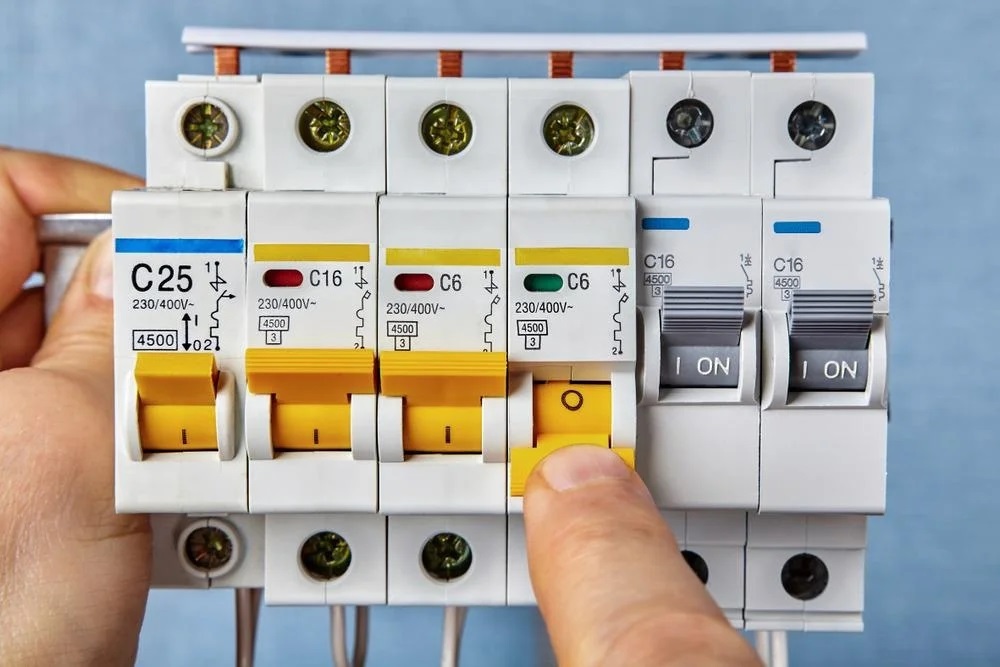
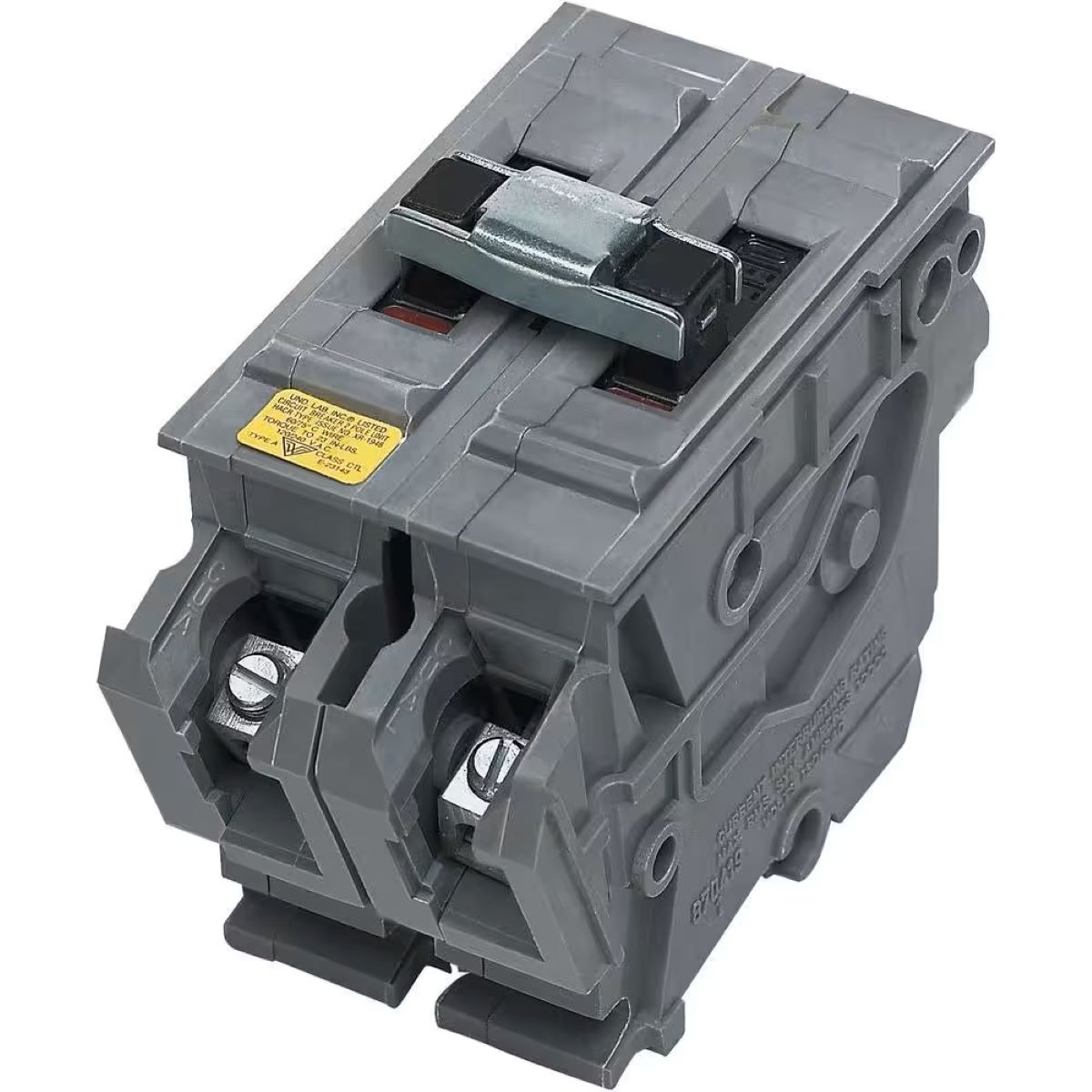
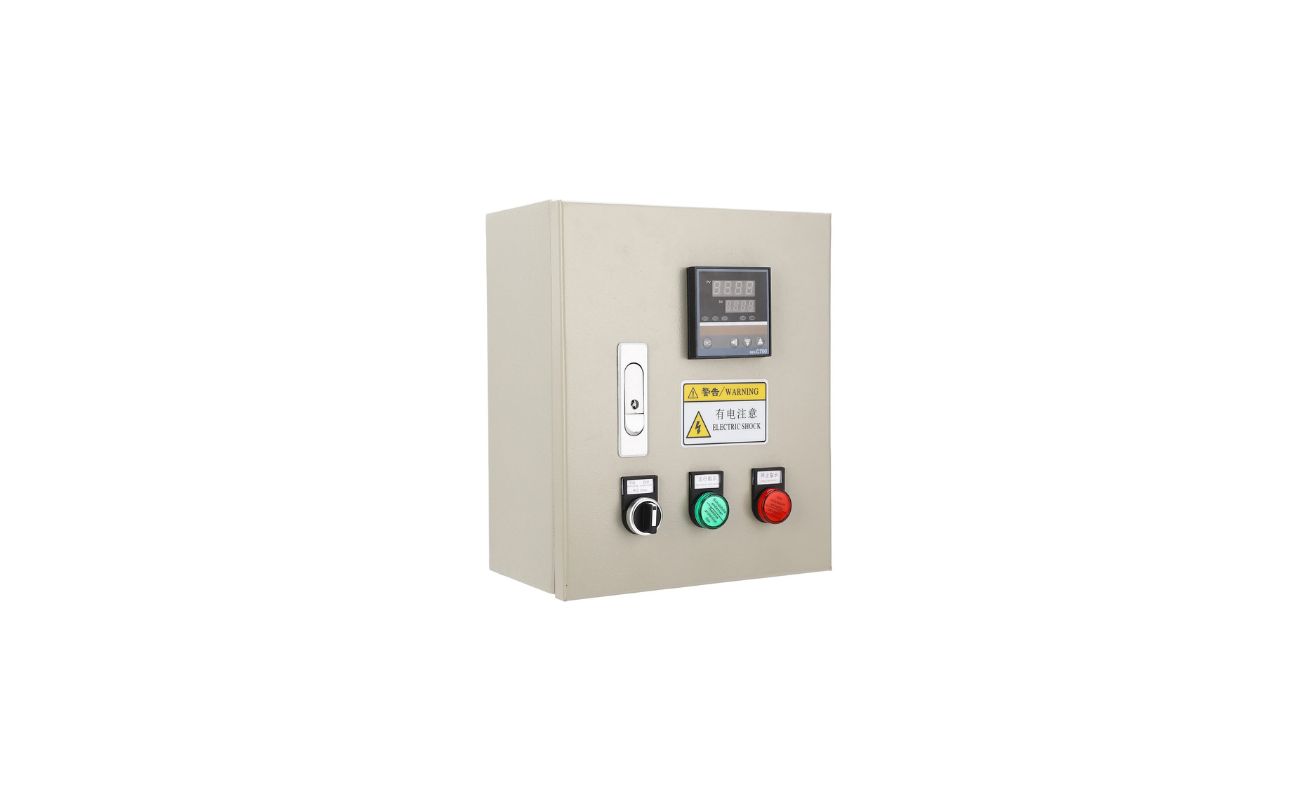
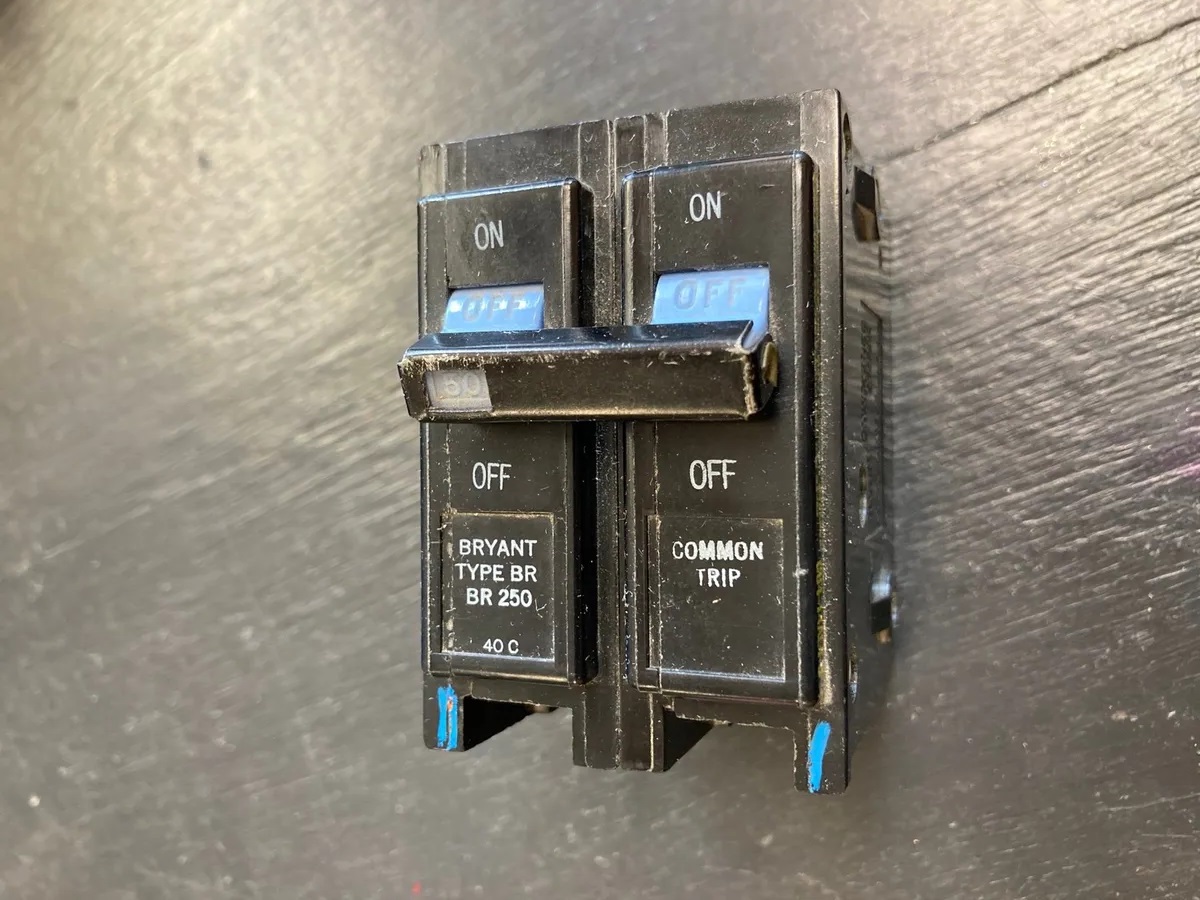

0 thoughts on “What Causes HVAC Breaker To Trip”